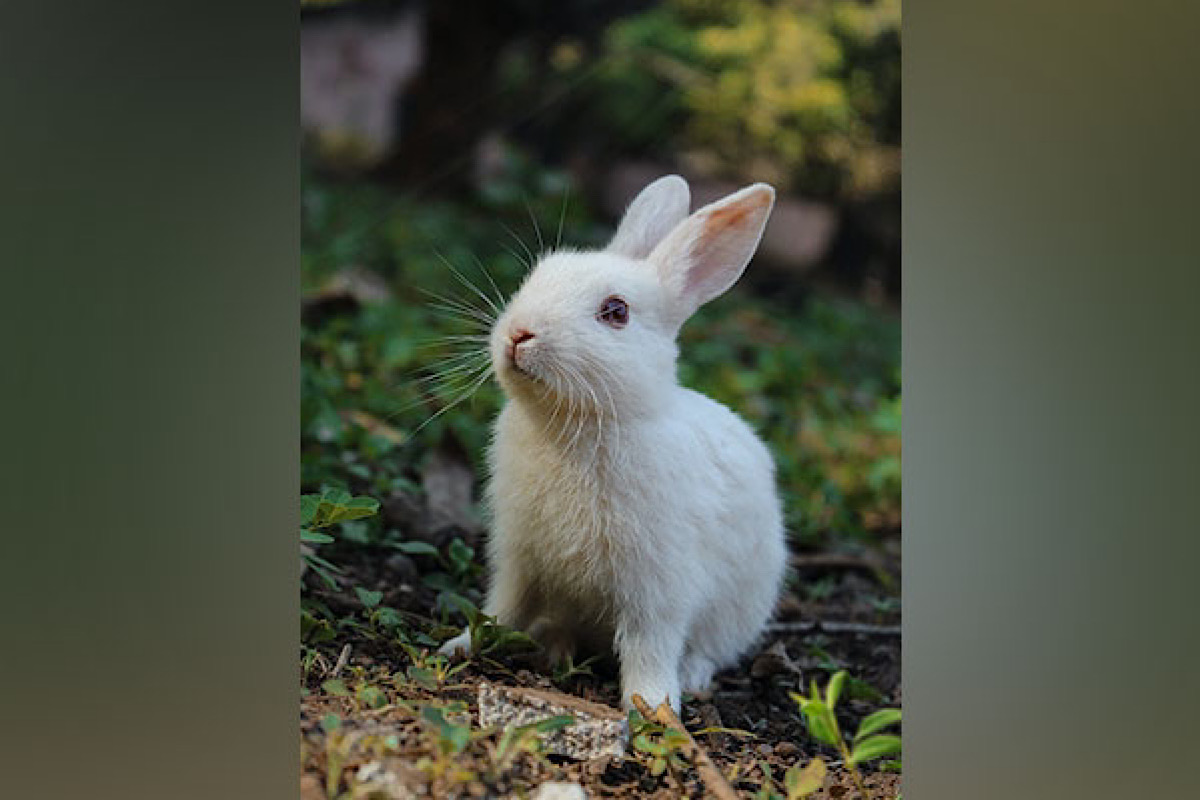In a recent study conducted by the University of Bristol Vet School, it was discovered that pet rabbits kept in small hutches with minimal exercise had higher levels of the stress hormone corticosterone and displayed activity rebound.
Even when maintained in hutches larger than the normal size, the study highlights the importance of allowing pairs of pet rabbits to exercise outside of their home area. With an estimated 900,000 rabbits maintained as pets in the UK, rabbits are a popular choice for many families. The housing requirements of rabbits used in research and as meat has been the subject of numerous studies, but relatively few, and those that have, have only looked at the housing requirements of pet rabbits. Organisations dedicated to animal welfare advise keeping pet rabbits in pairs.
Advertisement
The purpose of the study, which was written up in Applied Animal Behaviour Science, was to look into the welfare of pet rabbits housed in pairs and how it was affected by factors like hutch size and access to space for exercise.
Advertisement
Twenty pre-established pairs of adult neutered rabbits (one male, one female) were kept for eight weeks in standard housing. Ten pairs were in small wooden hutches (0.73 square metre) and ten were in large hutches (1.86 square metre). The exercise area was a run – measuring 3 x 1 metre – attached to the hutches, and the rabbits had either unlimited access to it or access was restricted to three hours at midday.
Each pair had access to each run for three weeks. Behaviour
was observed at dawn, dusk and midday, and faecal samples were collected for corticosterone analysis at the end of each access period.
In a subsequent study, ten of the rabbit pairs were given 24 hours of access to the run, and their behaviour was recorded.
The study showed rabbit pairs were more active when run access was restricted to three hours. Irrespective of the hutch size, physical activity including play jumps increased significantly when the pairs with restricted access were released into the run. The researchers suggest this activity rebound demonstrates the rabbits’ need to move every day, and their welfare is compromised when they can only do so at midday.
The research team found there is a significant interaction between hutch size and run access on activity and stress hormone levels, which were highest in the pairs kept in small hutches with restricted run access. When rabbits had unrestricted access to the run, midday was the rabbits’ least active time.
Drs Nicola Rooney and Suzanne Held, senior authors of the paper from the University of Bristol Veterinary School, said: “Rabbits are active and need to be able to hop, run, jump, dig and stretch out fully when lying down. Restricting rabbits’ opportunity to get away from each other and to move to times of day, when they would not naturally be as active, is likely to contribute to the activity peaks and high-stress hormone levels in the pairs in the smaller hutches with limited access to a run.
“Housing guidelines for rabbits need to highlight the importance of allowing pet rabbits the freedom to exercise in the morning and afternoon, even if they are kept in hutches larger than the traditional hutch size.”
The study suggests hutch sizes of around a 0.75 square metre floor area should not be recommended for rabbit pairs, even if they have access to an exercise area for three hours per day during the middle of the day.
The research’s recommendations have been incorporated into RSPCA and other animal charities’ rabbit care advice on housing.
RSPCA rabbit welfare expert Dr Jane Tyson said: “The findings of this research are highly welcomed confirming what many of us have known for so long, that keeping rabbits in small hutches with limited opportunities to exercise compromises their welfare.
“Rabbits are often misunderstood animals but the findings from the study show that housing rabbits in an enclosure consisting of a sheltered area with constant access to a larger space is critical.
“Not only does this allow rabbits to have more room for exercise, it provides them with choice and control over their environment so they can perform the behaviours they want to, when they want to.”
The findings of the study have also influenced the UK Rabbits Strategy for rabbit welfare which will be published later this year.
Advertisement











